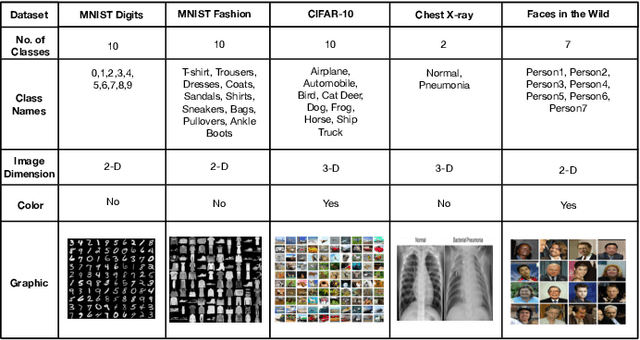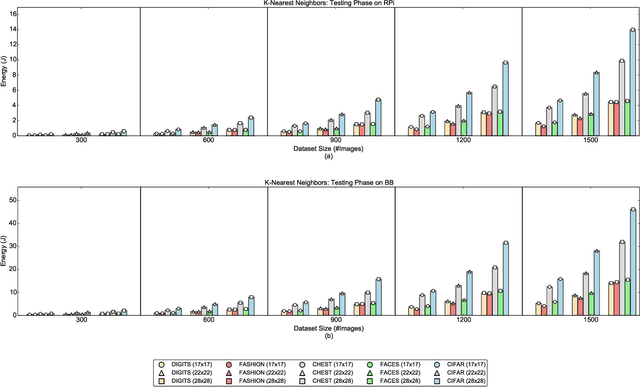Behnam Dezfouli
EAPS: Edge-Assisted Predictive Sleep Scheduling for 802.11 IoT Stations
Jun 28, 2020



Abstract:The broad deployment of 802.11 (a.k.a., WiFi) access points and significant enhancement of the energy efficiency of these wireless transceivers has resulted in increasing interest in building 802.11-based IoT systems. Unfortunately, the main energy efficiency mechanisms of 802.11, namely PSM and APSD, fall short when used in IoT applications. PSM increases latency and intensifies channel access contention after each beacon instance, and APSD does not inform stations about when they need to wake up to receive their downlink packets. In this paper, we present a new mechanism---edge-assisted predictive sleep scheduling (EAPS)---to adjust the sleep duration of stations while they expect downlink packets. We first implement a Linux-based access point that enables us to collect parameters affecting communication latency. Using this access point, we build a testbed that, in addition to offering traffic pattern customization, replicates the characteristics of real-world environments. We then use multiple machine learning algorithms to predict downlink packet delivery. Our empirical evaluations confirm that when using EAPS the energy consumption of IoT stations is as low as PSM, whereas the delay of packet delivery is close to the case where the station is always awake.
Image Classification on IoT Edge Devices: Profiling and Modeling
Feb 24, 2019



Abstract:With the advent of powerful, low-cost IoT systems, processing data closer to where the data originates, known as edge computing, has become an increasingly viable option. In addition to lowering the cost of networking infrastructures, edge computing reduces edge-cloud delay, which is essential for mission-critical applications. In this paper, we show the feasibility and study the performance of image classification using IoT devices. Specifically, we explore the relationships between various factors of image classification algorithms that may affect energy consumption such as dataset size, image resolution, algorithm type, algorithm phase, and device hardware. Our experiments show a strong, positive linear relationship between three predictor variables, namely model complexity, image resolution, and dataset size, with respect to energy consumption. In addition, in order to provide a means of predicting the energy consumption of an edge device performing image classification, we investigate the usage of three machine learning algorithms using the data generated from our experiments. The performance as well as the trade offs for using linear regression, Gaussian process, and random forests are discussed and validated. Our results indicate that the random forest model outperforms the two former algorithms, with an R-squared value of 0.95 and 0.79 for two different validation datasets.
 Add to Chrome
Add to Chrome Add to Firefox
Add to Firefox Add to Edge
Add to Edge